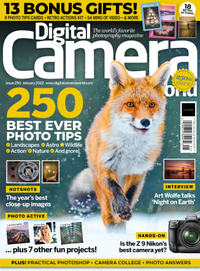Is phone photography REAL photography? A day in the life of pro shooter Mike Kus
Phone photography – is it "proper" photography? Behind the scenes on a landscape shoot with camera phone pro, Mike Kus
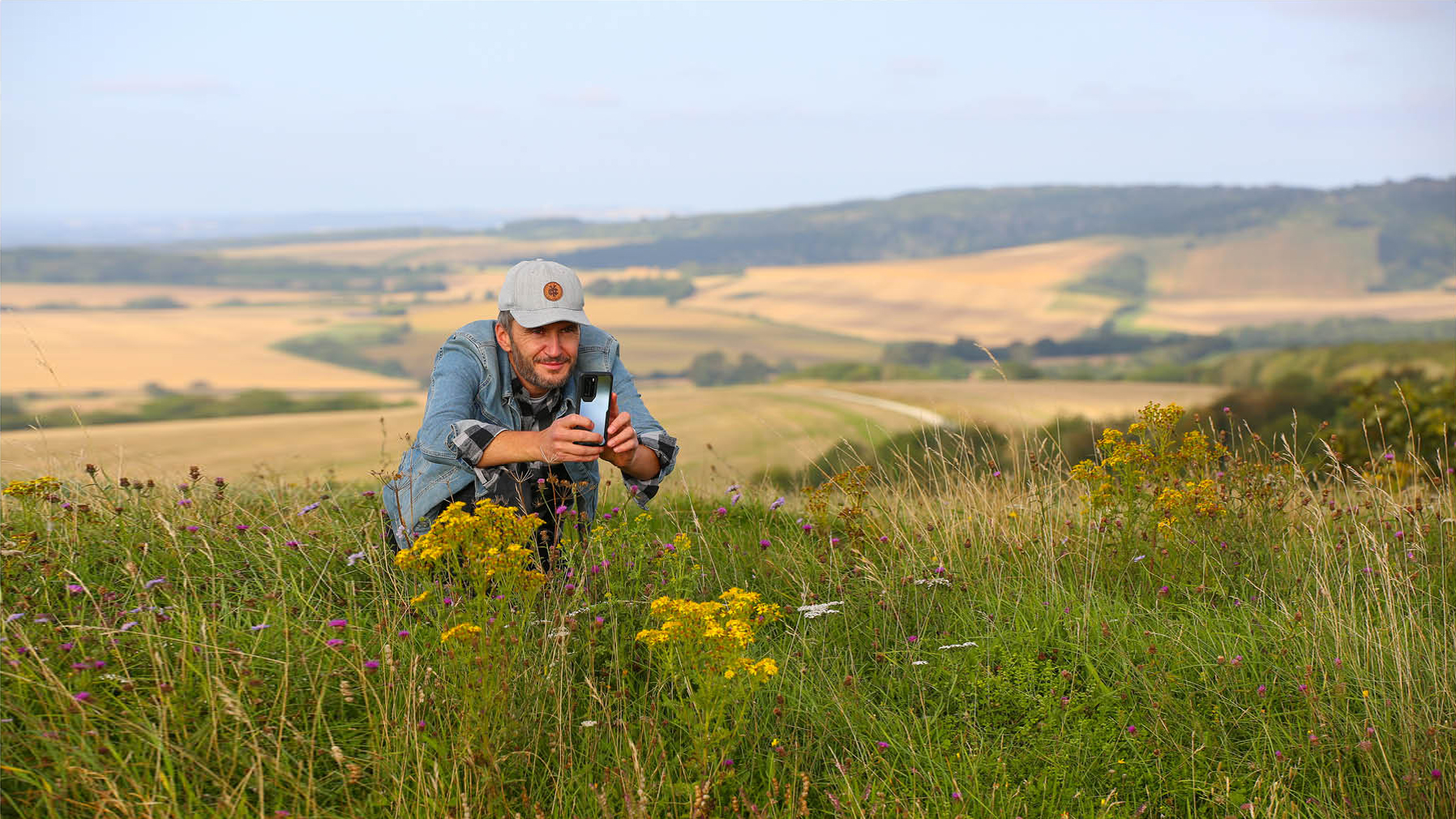
“The best camera is the one you have with you,” goes the old saying. So spare a thought for Mike Kus, who might have three on him at any one time. But we’re not talking about someone who has to haul the photographic equivalent of the kitchen sink, larder and pantry around with them: instead, Mike’s setup is far less taxing on his back and shoulders.
Mike is an evangelist of smartphone photography; not because he’s not at home with a camera, but because he feels that a great image matters more than what it was captured on.
• Read more: Best camera phones
And Mike has just shared his insights about image-making in The Pocket Photographer, a new book that offers plenty of show to go with the tell. Over 144 pages, Mike’s engaging visual approach guides you through how to produce memorable images with just the phone in your pocket.
And as the principles in the book are as relevant to cameras as they are to camera phones, The Pocket Photographer is also an accessible and unstuffy primer about photography.
Behind the scenes of a Mike Kus landscapes shoot
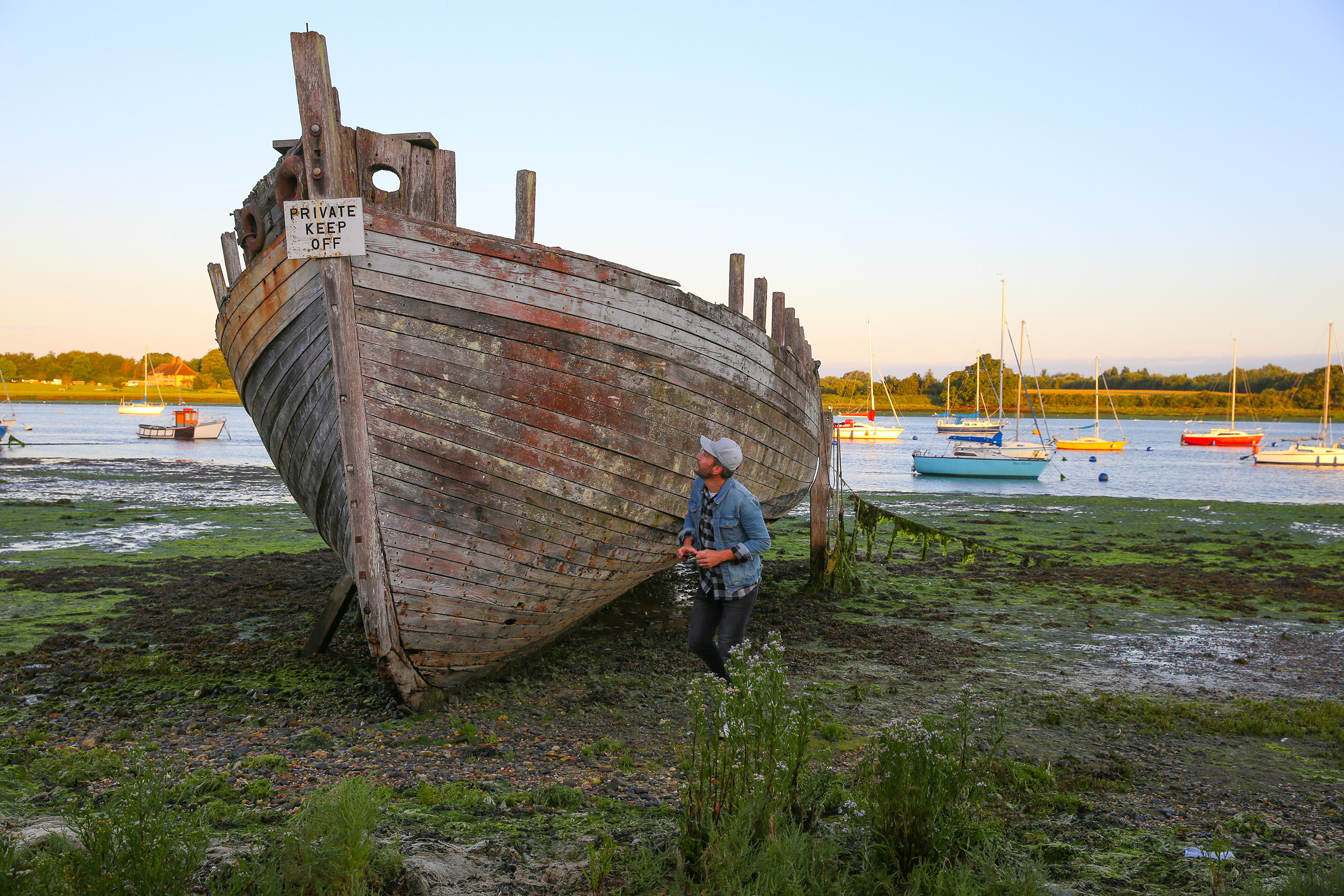
Keen to find out more about how Mike shoots, Digital Camera magazine joined him close to his base on the West Sussex coast as he took some images for his portfolio.
En route to our early morning rendezvous, I wondered which particular smartphone handset Mike favored, what lay behind his decision to use one in favor of a ‘proper’ camera, and how easy it is to achieve his signature look using a device that was not solely designed for taking pictures.
Get the Digital Camera World Newsletter
The best camera deals, reviews, product advice, and unmissable photography news, direct to your inbox!
Meeting up at Dell Quay in Chichester Harbour, your correspondent – struggling under the weight of a camera backpack stuffed with a DSLR, three lenses and a backup mirrorless body – was greeted by a man traveling very light indeed.
Kindly offering to store all my luggage in his car, Mike started to show me how he approaches photography with a smartphone.
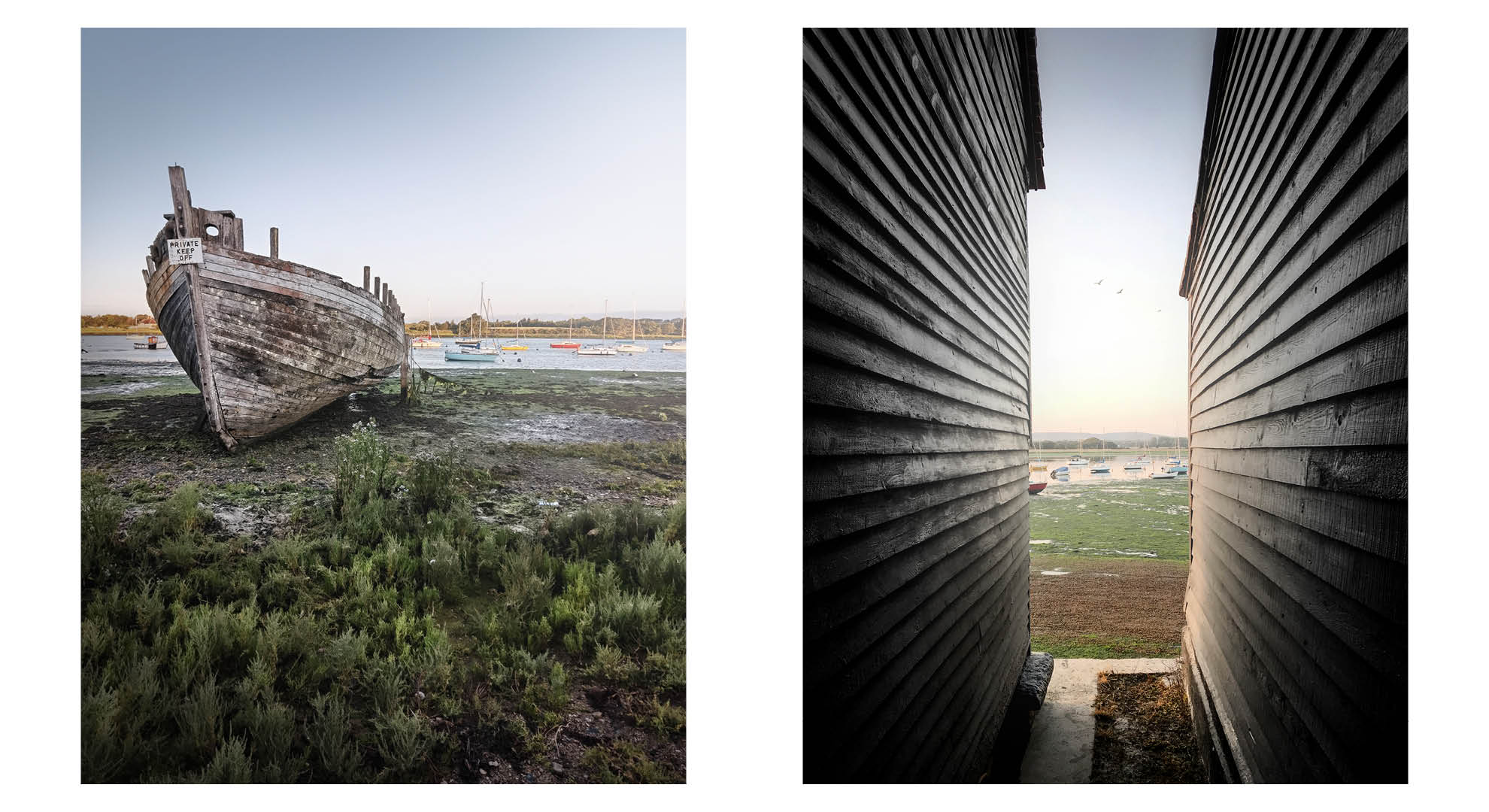
As his images will be shared on Instagram, Mike tends to shoot everything in portrait orientation.
Having to always frame images in this way may seem limiting to camera users, but turn this on its head, and it means that one of the many variables one has to consider when composing is removed; so rather than being seen as restrictive, it is actually good practice for mastering a particular aesthetic.
Mike shoots several subjects here – boats bobbing in the water, a boat marooned on mud flats, and boats stacked against the harbour wall.
As day continues to break, the gorgeous morning light confirms that this is a very pretty spot, and it’s obvious why it’s a happy hunting ground for Mike.
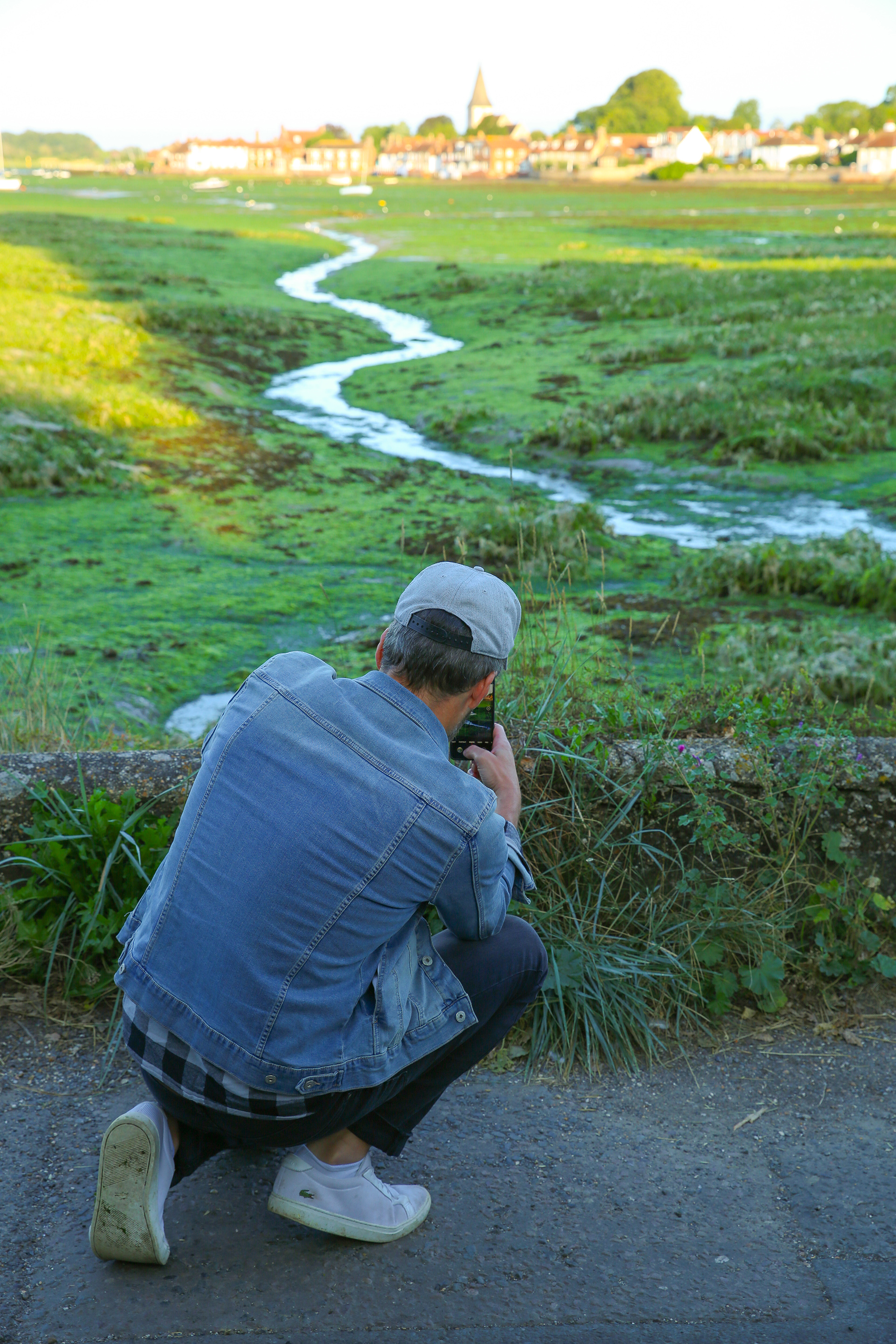
Once he’s got what he needs, we head off for the next destination: Bosham. This is a handsome waterfront village, and another of the locations to feature in Mike’s book.
Pausing briefly to capture a picture-postcard study of leading lines – a winding sliver of water that leads up to the village – we make for the water’s edge and park.
As the tide is out, we have some time to mosey around while Mike reveals some of his favourite locations.
And Bosham is literally drowning in them: charming Sussex vernacular buildings and a church dating from Saxon times, moored-up boats and plenty of interesting little details.
Suddenly, Mike swoops to shoot a pretty period cottage, reflected in an obliging puddle of water left behind by the tide.
Happy with what he’s got so far – and all before Bosham’s café has even opened – Mike suggests we move on to explore our next location and grab breakfast afterwards.
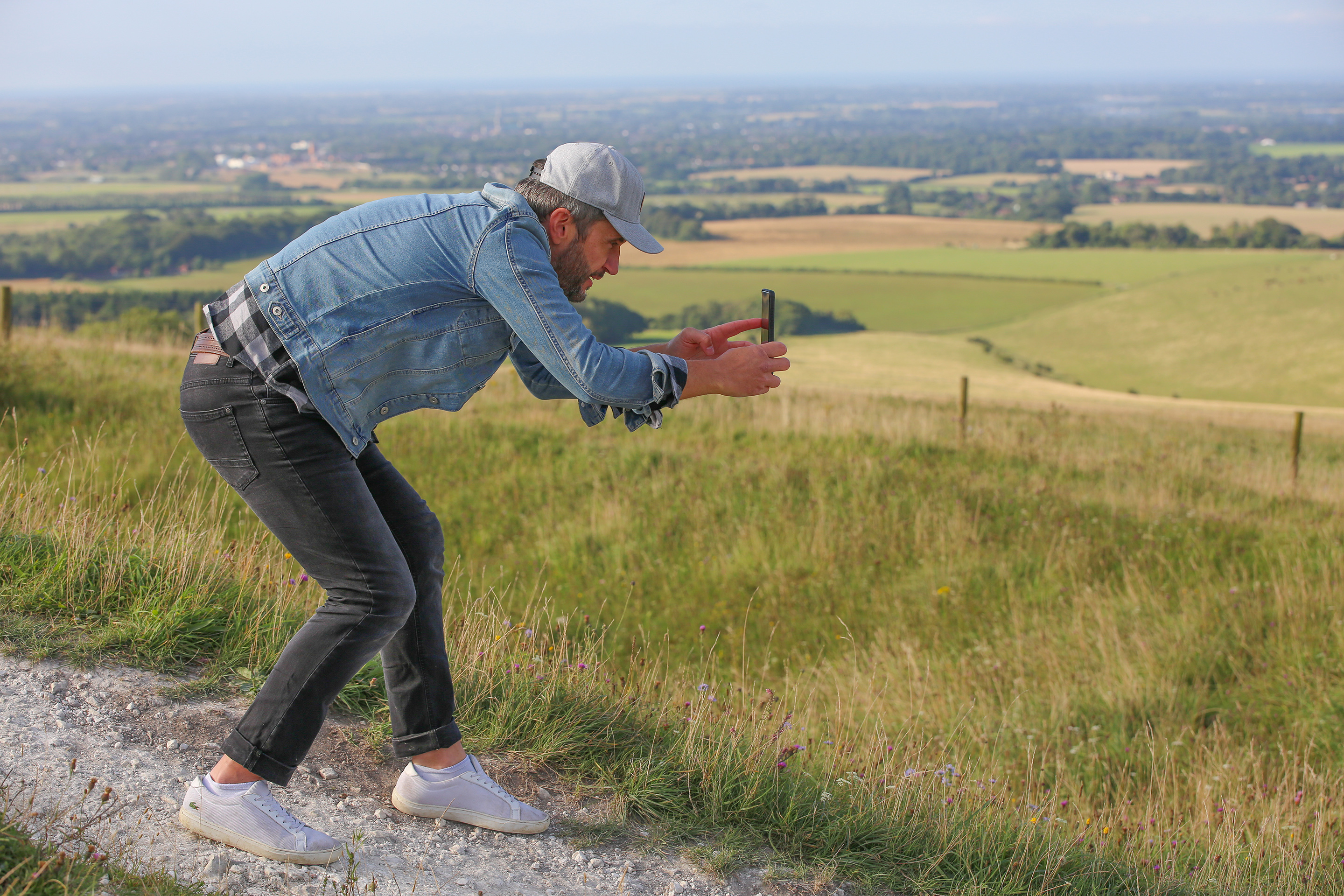
We head inland to St Roche’s Hill, from where I’m promised some amazing views south towards the coast, and north towards The Weald.
And despite the altitude having reduced the ambient temperature a little, this spot doesn’t disappoint.
Climbing to the top of the hill, we turn around and Mike presents another of the superb vistas that feature in his book.
It’s a bucolic scene that would be prized by a landscape painter: a gravel path leading to a kissing gate, bisecting grassy fields and weaving into a wood – all crowned by hazy rolling downland in the distance.
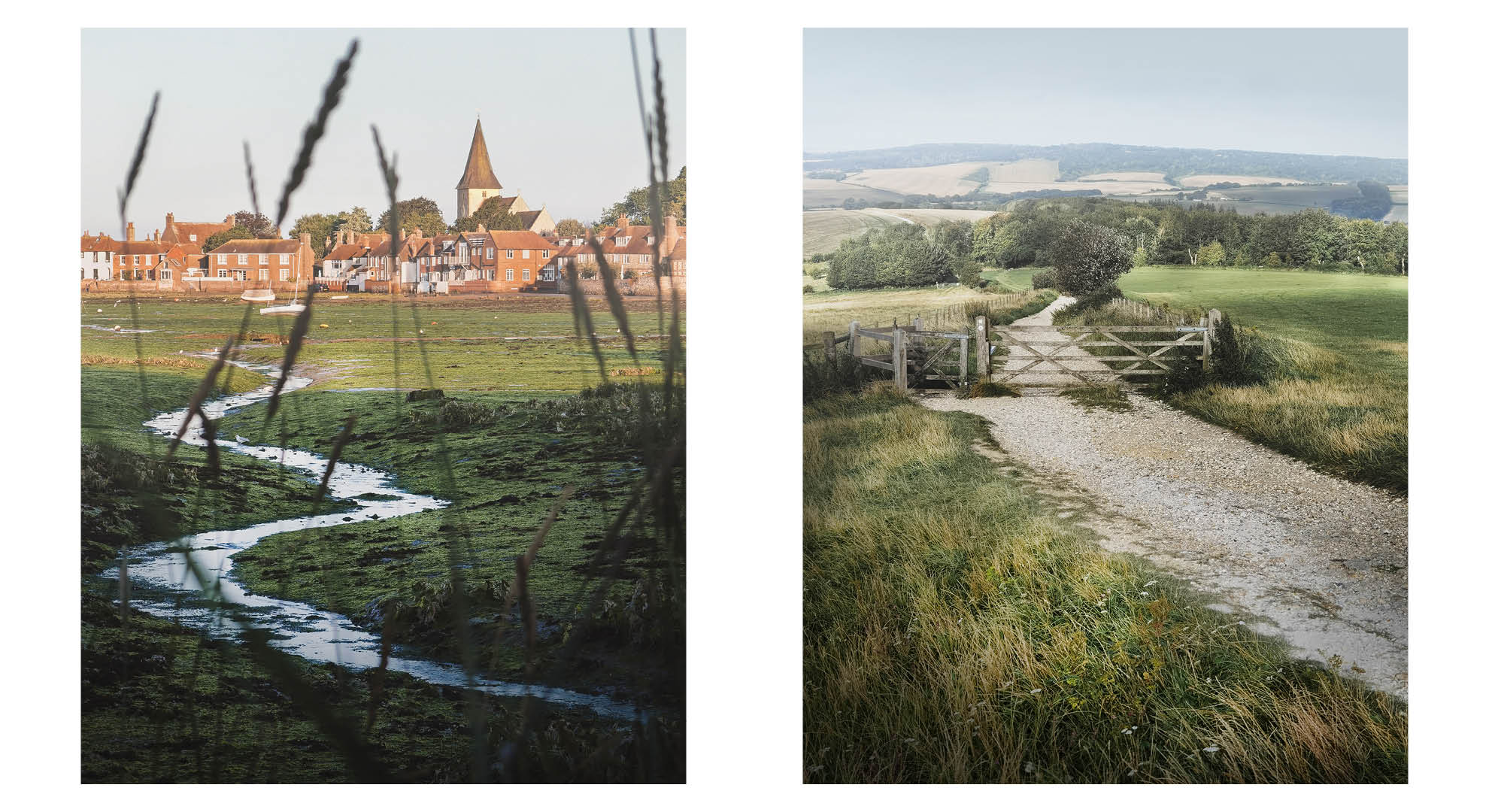
Afterwards, over coffee, I ask Mike why he uses a smartphone instead of a camera.
“I just don’t get on with carrying a big camera around,” he explains. “My book is geared towards taking pictures, and it doesn’t require that you have to carry a specific type of camera. It’s more about the creative side.”
Mike’s interest in photography was piqued as a child watching his father develop and print photos in the family kitchen; but having taken up the pastime through using film SLRs, Mike eventually decided he didn’t like the hassle of a camera and interchangeable lenses.
His pivotal moment was when Apple released the iPhone 4, sporting the device’s best camera so far; Mike started snapping and posting his images to Instagram.
Since then, the camera phone has been his camera of choice, whether shooting for himself or for global consumer brands including Land Rover, Jeep and Nissan.
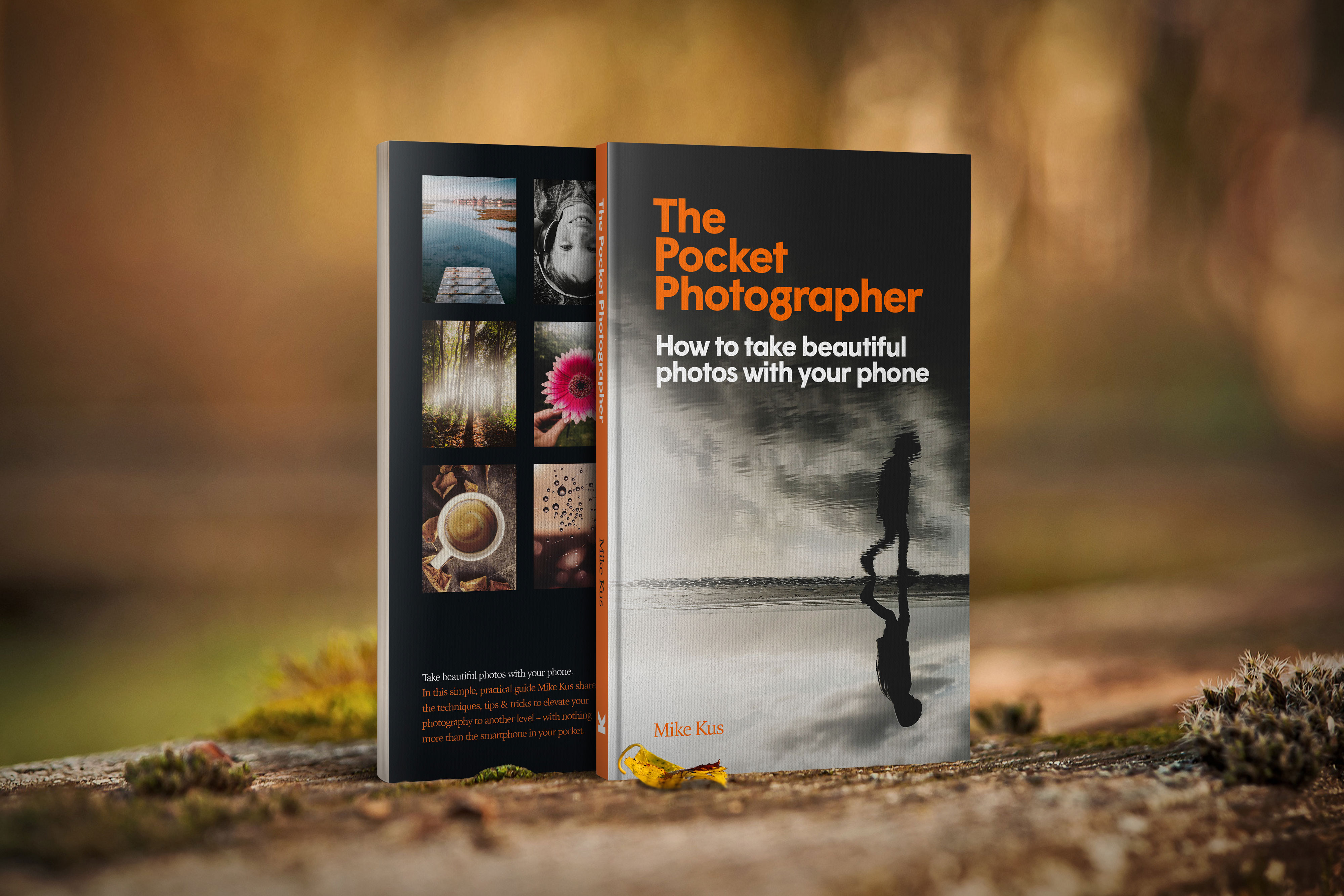
“The book isn’t about how to work a camera in any way; there’s none of that information,” Mike adds.
“It’s a book about the creative side of photography – framing, composition, taking things from certain vantage points, what time of day to shoot… all the basics.
“In my mind, the book covers the top 20 things I’m considering when taking a picture. It covers all that, plus little tips I’ve picked up over the years.
“I’ve always liked the idea of making things accessible and not highbrow. Whether you have got a camera or a camera phone, enjoying photography and building up a body of work is possible for anyone – it doesn’t matter which device you choose to do it on.”
One of the standout features of Mike’s book is the subtle repetition of technique tips, and how the photographer can layer them up when shooting.
With this in mind, it would be difficult to take the same photo of the same subject, no matter how many times you had shot it.
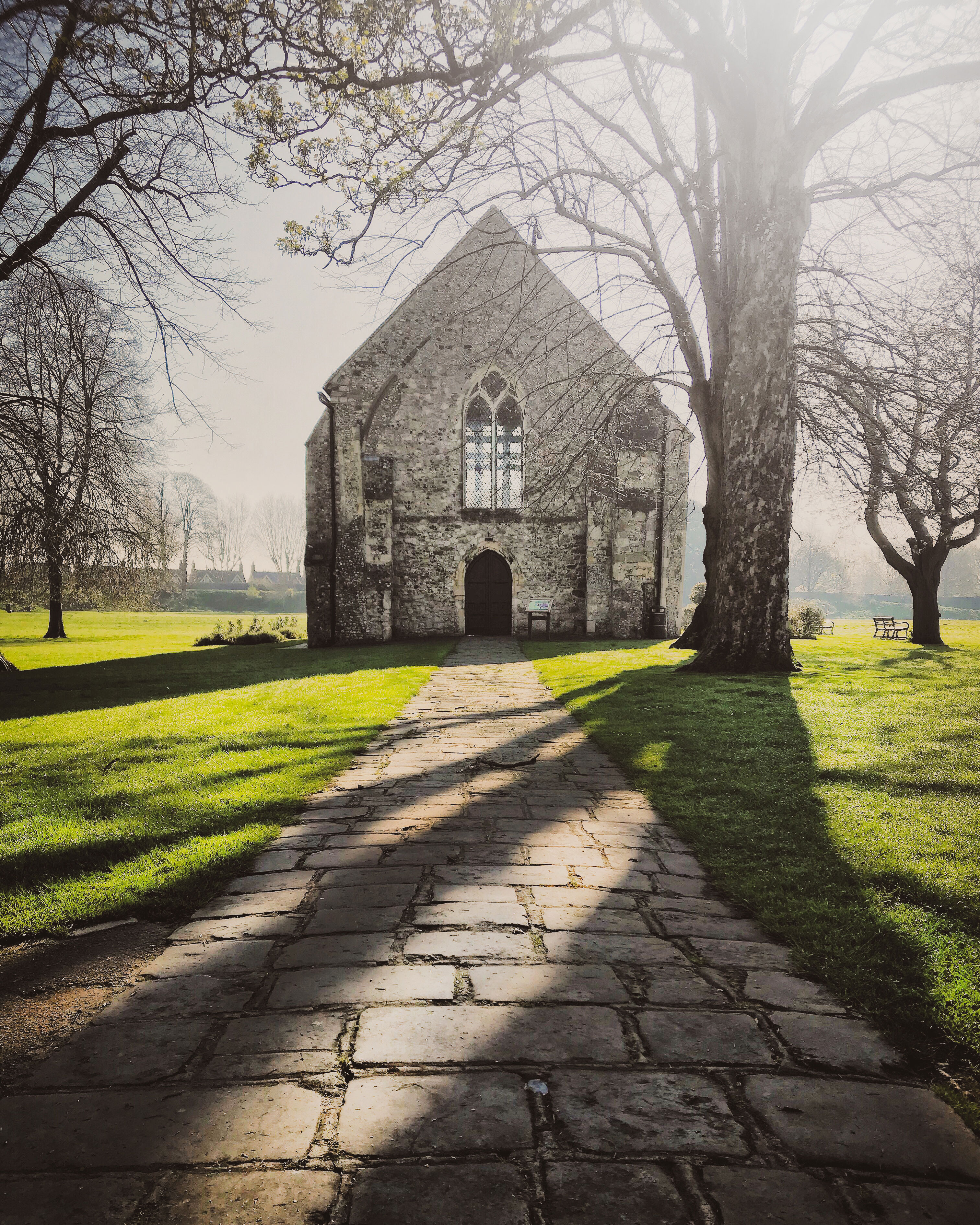
A case in point is Chichester Guildhall, situated in Priory Park. Dating from the late 13th Century, this charming structure appears here and there on the pages of The Pocket Photographer – but it never looks the same.
“I’ve shot it a hundred times,” Mike smiles as he crouches down to capture it again. “But because of the light and the angle you’re shooting from, it can look different on every occasion.”
And especially so when you can shoot it on any of the three different slim and lightweight devices – each with the flexibility of three lenses – that you happen to have in your pocket.
I shoot some frames of the Guildhall on my DSLR, too. They look fine, but I had actually left the best lens for the job in the car. Ho hum…
The Pocket Photographer: How to Take Beautiful Photos With Your Phone by Mike Kus is published by Laurence King (ISBN 978-1-91394-768-2), priced $19.99 / £14.99.
Three go-to camera phones for pro shooter Mike Kus
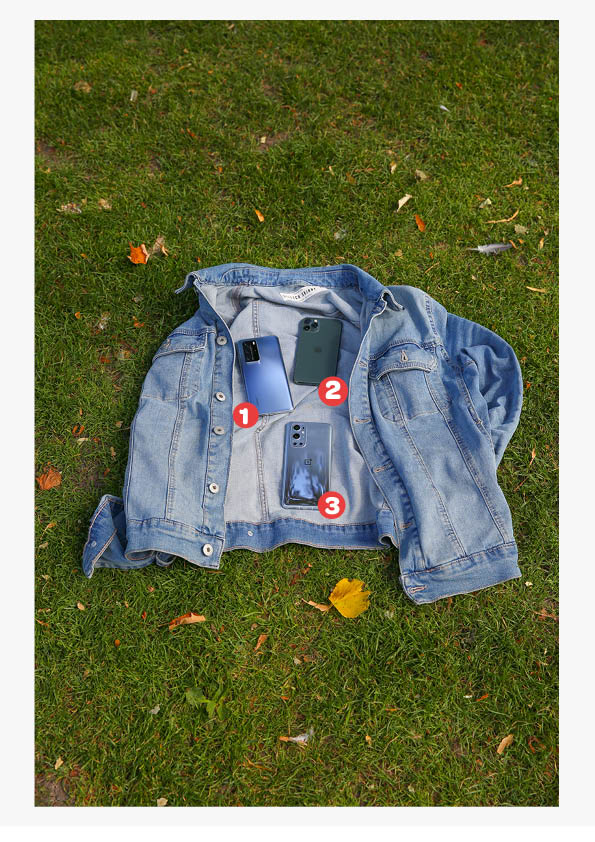
1) Huawei P40 Pro
“I find Huawei’s 5x optical zoom amazing to use,” Mike says. “It allows me to produce photographs that seem more camera-like.” Headline specifications include three rear cameras (wide, ultra-wide and telephoto), a 50MP sensor and 4K video recording.
2) Apple iPhone 12 Pro
“Apple phones are great all-rounders. Some of the other brands offer more up-to-date features, but an iPhone will never let you down.” Three rear cameras, including wide, ultra-wide and telephoto, a 12MP sensor and 4K video are the main specs of this popular handset.
3) OnePlus 9 Pro
“OnePlus phones produce really natural colours, and although that’s their selling point, they’re also great all-round cameras.” Packing three rear cameras co-developed with Hasselblad (standard, ultra-wide and telephoto), a 48MP sensor and 8K and 4K video, this handset has an enviable spec.
How to take beautiful camera phone shots
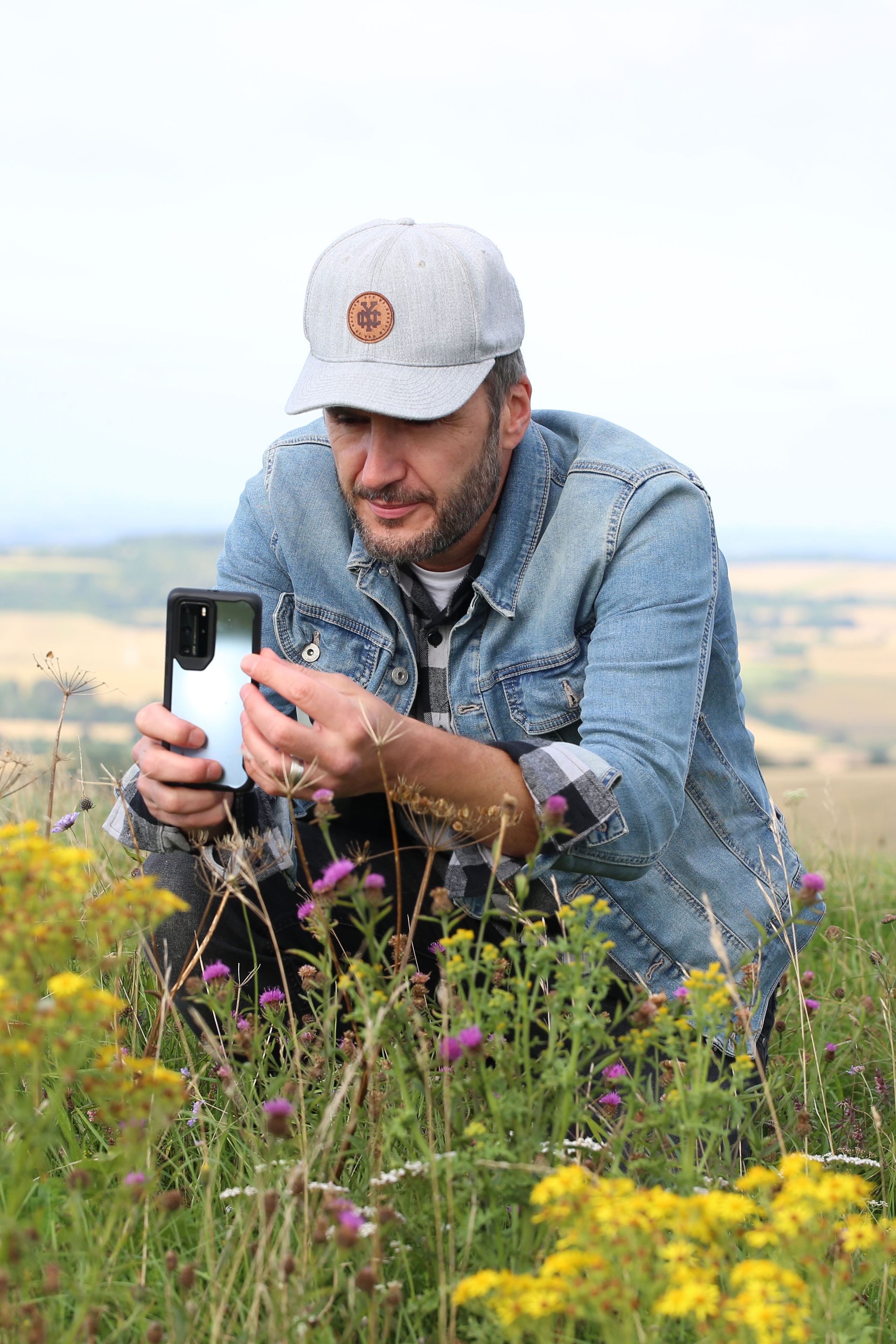
Here are some insights gleaned from the author of The Pocket Photographer during our shoot in Sussex…
- “50% of the photos that appear in my book were taken when I was en route to somewhere; I don’t really go out on dedicated photoshoots that often.”
- “Once you’re familiar with the technical aspects of photography, all your thinking can be applied to the creative side. For me, it has always been about doing that, and that’s what I’m trying to communicate to the readers of my book.”
- “Shooting at sunrise is great because there are no people around – if you want a clean landscape, then sunrise is a good option. I’m happy to shoot at sunset, too, though – it’s normally warmer!”
- “Generally, what I think about most while taking a photograph is locking the focus and adjusting the light – making sure that the highlights aren’t blown out.”
- “A phone can give you a realistic representation of a place, but it can’t capture reality. So I’ll often edit in what it felt like at the time – like boosting the ‘warmth’ tool setting and adding a vignette.”
- “For an ongoing creative project, I’ve got into mirroring images using a phone app called Flipper. When you apply symmetry to a seemingly random object like a tree, it creates a magical surreal feel – it’s like your brain actually craves it.”
Is camera phone photography real photography?
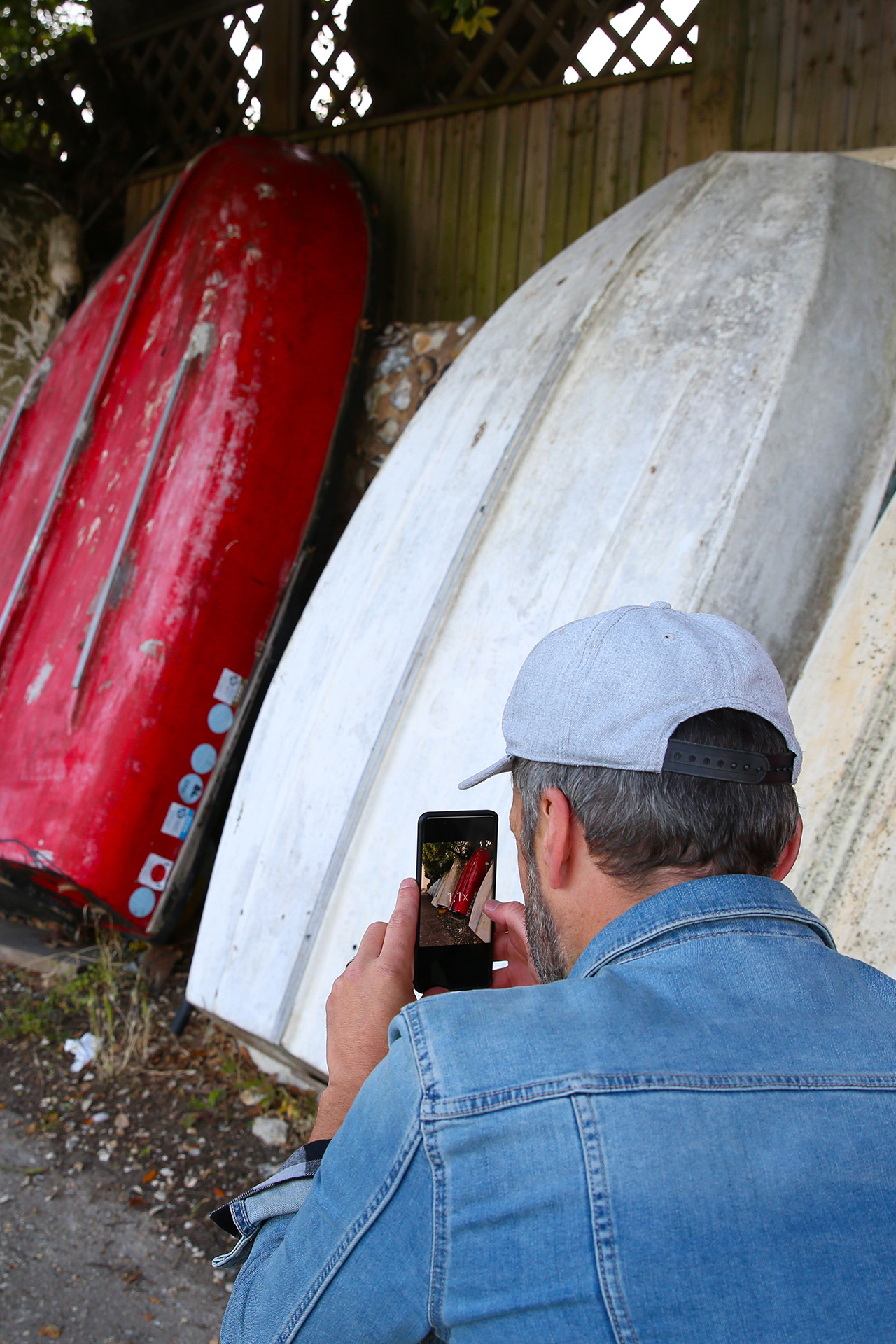
“I feel like smartphone photography gets devalued a lot,” says Mike.
“Years ago we used to have that conversation in the pub about whether digital photography was real photography or not.
“Now I feel like the debate has moved on to whether smartphone photography is actually real photography or not.
“I feel like there’s still a bit of a stigma attached to smartphone photography and how seriously it’s taken.”
Do camera phone photographers need Instagram?

“I joined Instagram on day one, when all you could do was post a picture and put a filter on it.
“I had a good camera [an iPhone 4] and a place to put my pictures, so from a hobbyist point of view I’d found my niche.
“I have landed various professional jobs on the back of Instagram and have a solid group of people who follow me, but to get the most out of it these days you need to be open to doing all the content stuff – it’s not just purely about photography now.”
Digital Camera Magazine is the definitive guide to digital photography. Every issue comes packed with expert advice, in-depth tutorials, free gifts and inspirational images. Digital Camera’s sole aim is helping you to become a better photographer.
Read more:
Best iPhone for photography
Best 5G phones
Best budget camera phones

Niall is the editor of Digital Camera Magazine, and has been shooting on interchangeable lens cameras for over 20 years, and on various point-and-shoot models for years before that.
Working alongside professional photographers for many years as a jobbing journalist gave Niall the curiosity to also start working on the other side of the lens. These days his favored shooting subjects include wildlife, travel and street photography, and he also enjoys dabbling with studio still life.
On the site you will see him writing photographer profiles, asking questions for Q&As and interviews, reporting on the latest and most noteworthy photography competitions, and sharing his knowledge on website building.
